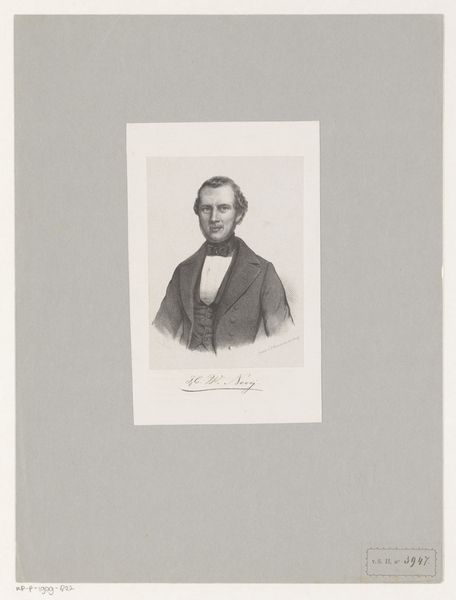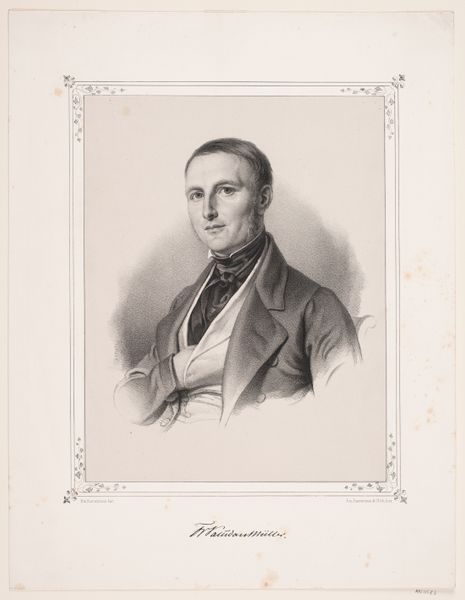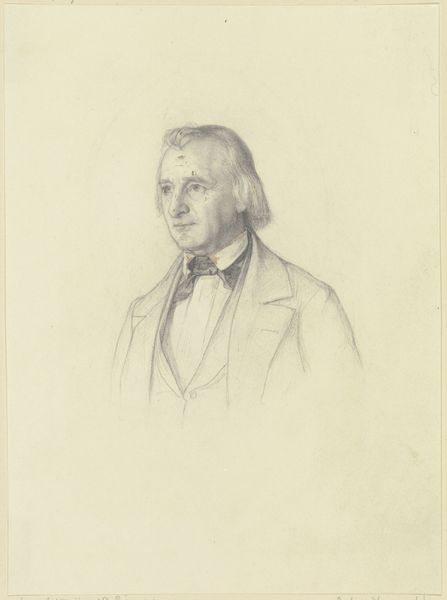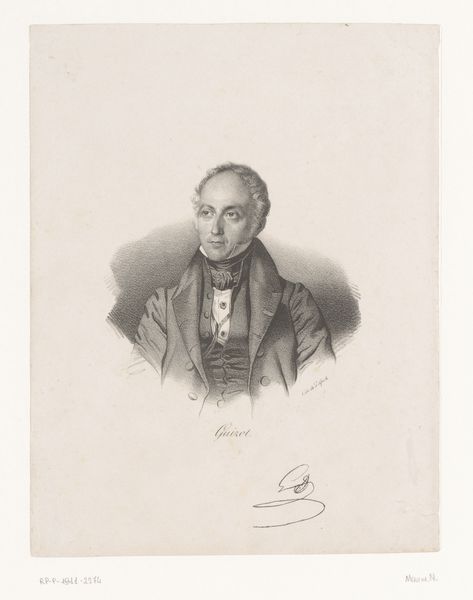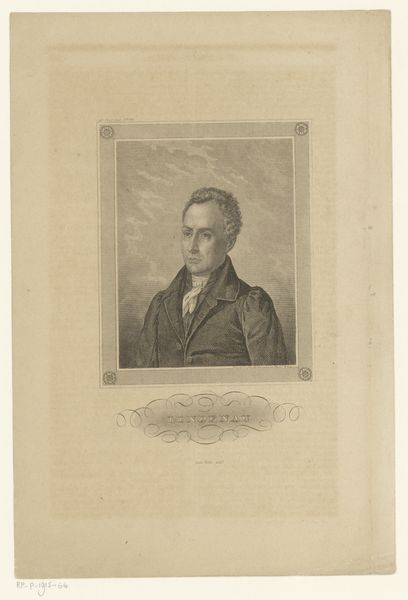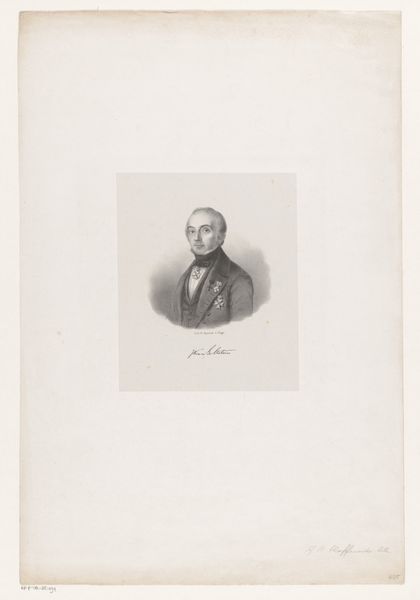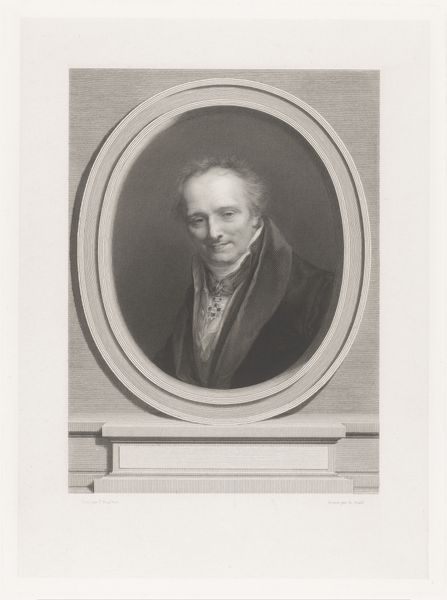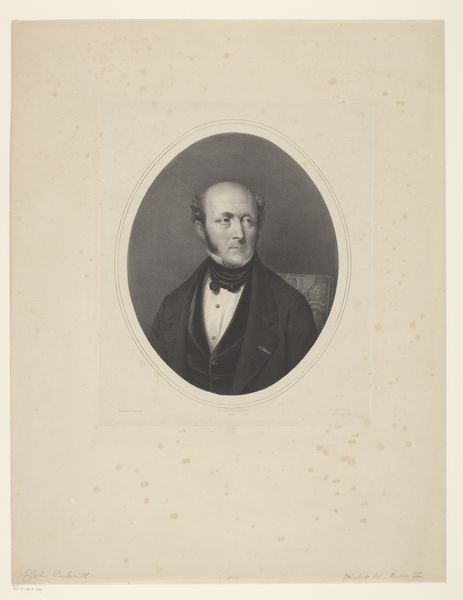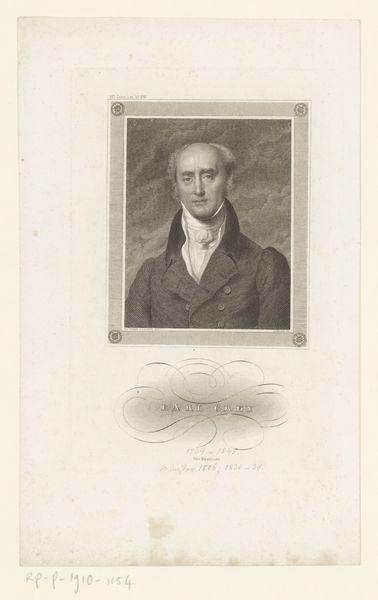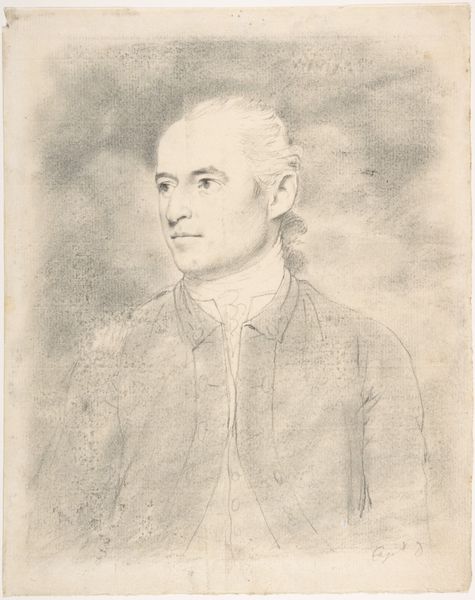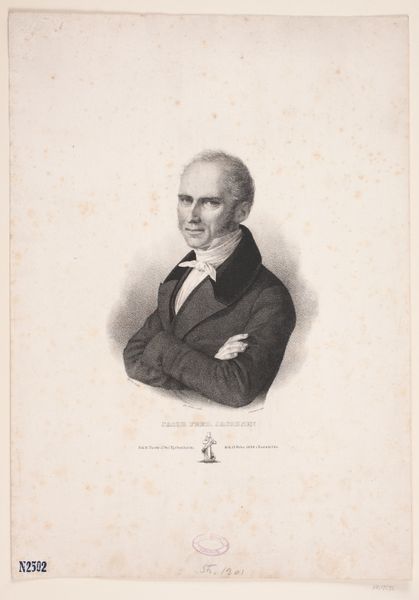
sculpture, marble
#
portrait
#
neoclacissism
#
sculpture
#
history-painting
#
marble
Dimensions: H. 5 3/8 in. (13.7 cm)
Copyright: Public Domain
Curator: Standing before us is Pierre Joseph Chardigny’s marble bust of James Fenimore Cooper, completed in 1853. It resides here at the Metropolitan Museum of Art. Editor: The cool, pale stone and slightly downward gaze lend it a severe, almost detached mood. There’s a stiffness that suggests more than just a physical likeness. Curator: Indeed. We can consider this bust within the context of 19th-century sculpture production. Marble was the premier choice, reflecting a societal aspiration for permanence and refinement. How interesting it is that marble evokes the social elite! Editor: Precisely, and that choice speaks volumes. Cooper, as an author, aimed to capture American identity through stories of the frontier. Yet, this bust enshrines him in a distinctly European visual language. What symbols do you notice that amplify this intention? Curator: I think about the tools Chardigny might have used—the chisels, rasps, and polishing stones—and how each mark contributes to the final texture. Look at the subtle gradations that capture the fall of light across the face. And note, in the Neoclassical style, the idealized treatment of the subject’s features. Editor: Yes, the idealization. Notice the almost Roman gravitas. The bow tie and carefully draped jacket, while contemporary, feel intentionally classical when rendered in the round like this. Do they not transform him into an icon? The intention may be to portray Cooper as a learned man of letters. Curator: But the medium also plays a key role in reinforcing that image. Marble wasn't easily accessible. It signified wealth, patronage, and an established order that contrasted Cooper’s own portrayals of a more egalitarian America. Editor: A curious tension, then, between subject and form. He championed a distinct vision of American life through his tales, but his image gets immortalized in a material steeped in the traditions he seemed to push against. Ultimately, he is fixed, not by his pen but by the hands that transformed the stone to this state. Curator: Examining this piece through the lens of materials and the labour that created it reveals complex connections between artistic expression, societal expectations, and cultural memory. It goes beyond simple representation. Editor: Indeed. Reflecting on this piece helps reveal the cultural undercurrents that solidify certain figures into enduring archetypes.
Comments
No comments
Be the first to comment and join the conversation on the ultimate creative platform.

